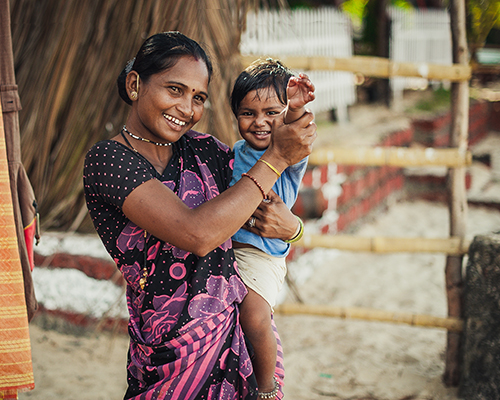Second Chance Program in India: Exploring whether a context-specific approach to rural women’s advancement is the way to go
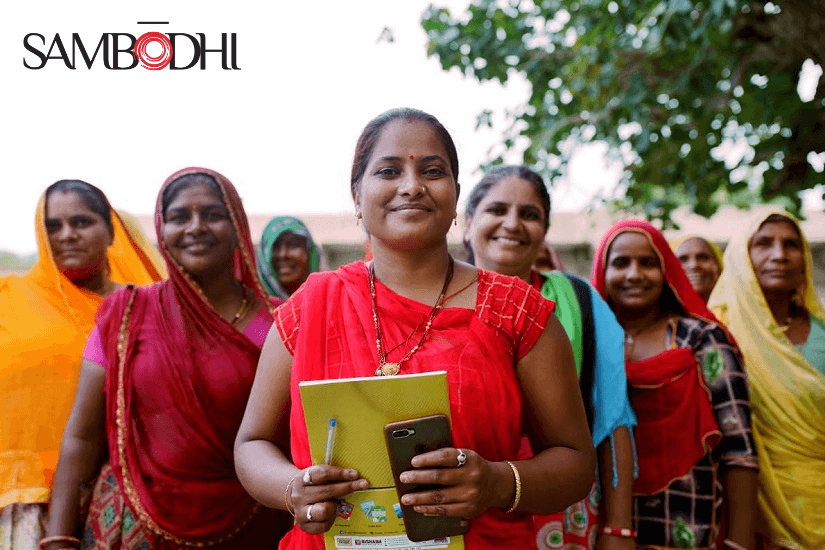
According to an article by BHP Foundation, 48% of ‘out-of-school’ girls are likely to never re-enroll in school, depriving them of knowledge, skills, and opportunities to find decent work, participate fully in society and improve their quality of life.
We come from a society deeply entrenched in patriarchal ideas about gender-specific roles. Such notions hinder women’s empowerment and are challenged further by poverty, early marriage and unplanned/adolescent pregnancy, geographic isolation, unsafe learning environment, limited learning content, and poor access to infrastructure.
Almost half the Indians are women but only one in five are gainfully employed. Among those, only 2.1% come from rural areas. India one of the countries with the lowest female participation rates globally.
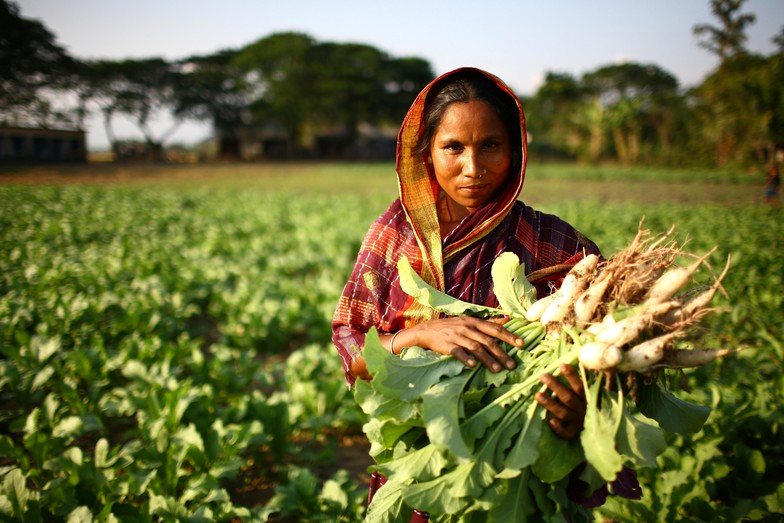
Literacy rates among adult women (aged 15 and above) have improved over time. According to the World Bank, the literacy rate has only increased by 3 percent from 2010 to 2020 which is why the pace needs improvement. With this in mind, organizations all over the world have implemented transformative initiatives that give vulnerable girls and women a second chance at life.
UN Women’s Second Chance Program
This is where Second Chance Education and Vocational Learning Program (SCE) can play a pivotal role. Introduced by UN Women in 2018, this program enables women to re-enter formal education, access vocational training, learn entrepreneurial skills, and connect them to employment and business opportunities.
Since 2018, the SCE program has been piloted in six different countries with diverse contexts: Australia, Cameroon, Chile, India, Jordan, and Mexico, to change the lives of refugees, displaced, migrant, indigenous, low-income, and socially excluded women.
Instead of a one-size-fits-all approach, this program is implemented by local organizations that work within a common framework to deliver contextualized solutions. They call it “a global model with local solutions.”
The program is now in its fourth year of the pilot phase. Based on the available data, a total of 72,894 women have enrolled, out of which 39% of women graduated school while 56% are gainfully employed.
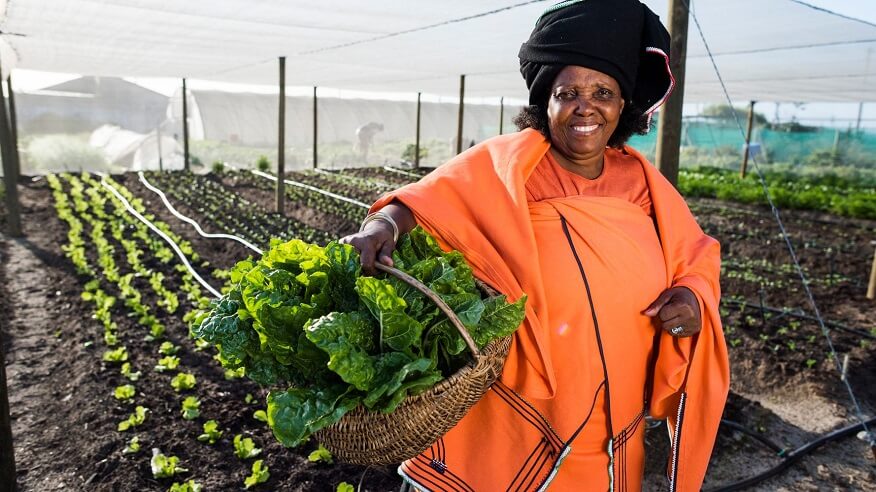
The Indian Context
The SCE program contextualized for Indian masses targets 80,000 women aged 18 and above from the most marginalized communities of Schedules Castes, Scheduled Tribes, and Minorities. This program focuses on single women, survivors of violence and trafficking, as well as geographically isolated women. Operating in 12 districts across Bihar, Maharashtra, Odisha, and Rajasthan, it covers 200 villages to mobilize, educate, train and support women in their journeys of socio-economic improvement.
Having collaborated with grassroots organizations with considerable reach within the target communities, the program leverages strong relationships and trust at the community level to create evidence-based advocacy for women’s second-chance education and employment.
For example, as a partner to SCE, the Manjari Foundation has helped 1000 women who had to drop out of school get access to higher education and enabled them to pursue job-oriented vocational training.

B-ABLE and PRADAN partnered to extend their technical support to achieve program goals by training 2880 candidates out of which 500 candidates are employed now.
Several success stories have shown the relevance of the context-specific mode in which this program delivers its support. Training women in fields that are irrelevant to their interests will not bring the desired impact.
This is why the SCE program helped Remanti, who worked as a daily wage laborer, undergo rigorous two-month training in tailoring. Now, she works as a sewing machine operator after being placed through the program. During this time, she was supported further with free accommodation and food as part of the program benefits.
Another beneficiary, Mamata, went from being a homemaker to running a successful food shop when she discovered her passion in business. With the training she received in marketing, business networking, and communication skills under the SCE program, Mamata is also working towards expanding her business. The program gave her a platform where she could pitch her business plan and receive the required training and support.
Lack of qualification limits women from acquiring jobs, which is why the program helped Sushanti retake her 10th-grade exams. Being the eldest child of the family, she had to quit her school due to the burden of family care. Still, seven years later, through the SCE program, she was able to graduate secondary school and is now working with the Odisha Livelihood Mission.
Even during the COVID-19 crisis, the program successfully trained and provided certification to 10,000 nurses and nurse assistants across 20 states to provide front-line health services safely.
So far, data from UN Women’s policy brief suggests the following milestones under this project:
- 3,648 women and girls have enrolled in formal education, 2096 (57%) of whom have completed their secondary and higher secondary education
- 3021 women have received skill training, out of whom 2408 (80%) have completed their training and 443 (18%) have been able to find employment
- 1863 women have been supported to start small businesses, and 45 women entrepreneurs are developing Covid-safe business plans
Though still in its early stages, the SCE program has successfully mobilized large numbers. Among these numbers, some women have successfully finished their training, and some have even found employment. The gap between the trained and the employed remains significant, inviting suggestions to close this gap for better program results.
But behind these numbers are women, sidelined by society and circumstances but mainstreamed by their will and determination to build a better life for themselves and their families. This program’s success stories have shown the impact education can have on women. Many beneficiaries now display greater power in decision-making and acknowledge their right to education and welfare.
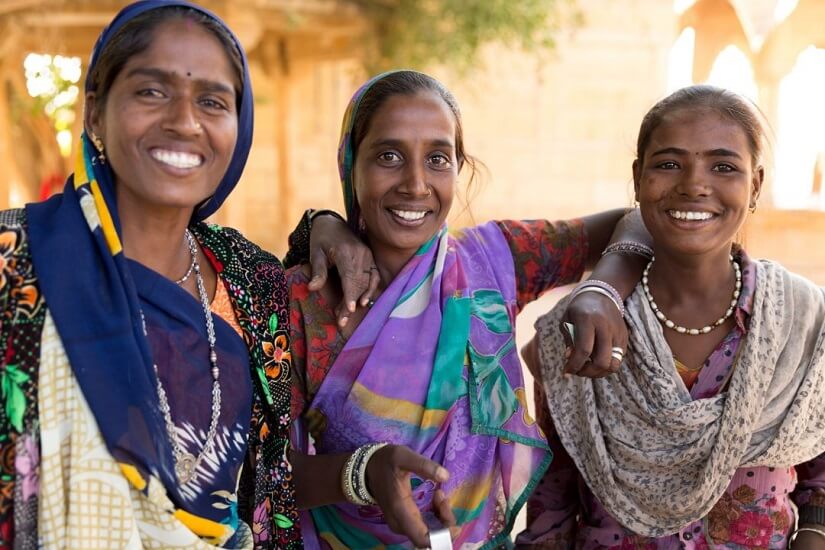
References:
https://jobs.undp.org/cj_view_job.cfm?cur_job_id=104435
Anisha Anson – Research Manager, Sambodhi
Aishwarya Bhatia, Sambodhi
Leave a Reply
You must be logged in to post a comment.
